Archives
- 2025-10
- 2025-09
- 2025-03
- 2025-02
- 2025-01
- 2024-12
- 2024-11
- 2024-10
- 2024-09
- 2024-08
- 2024-07
- 2024-06
- 2024-05
- 2024-04
- 2024-03
- 2024-02
- 2024-01
- 2023-12
- 2023-11
- 2023-10
- 2023-09
- 2023-08
- 2023-07
- 2023-06
- 2023-05
- 2023-04
- 2023-03
- 2023-02
- 2023-01
- 2022-12
- 2022-11
- 2022-10
- 2022-09
- 2022-08
- 2022-07
- 2022-06
- 2022-05
- 2022-04
- 2022-03
- 2022-02
- 2022-01
- 2021-12
- 2021-11
- 2021-10
- 2021-09
- 2021-08
- 2021-07
- 2021-06
- 2021-05
- 2021-04
- 2021-03
- 2021-02
- 2021-01
- 2020-12
- 2020-11
- 2020-10
- 2020-09
- 2020-08
- 2020-07
- 2020-06
- 2020-05
- 2020-04
- 2020-03
- 2020-02
- 2020-01
- 2019-12
- 2019-11
- 2019-10
- 2019-09
- 2019-08
- 2019-07
- 2019-06
- 2019-05
- 2019-04
- 2018-07
-
An important role for the precursor
2020-08-18
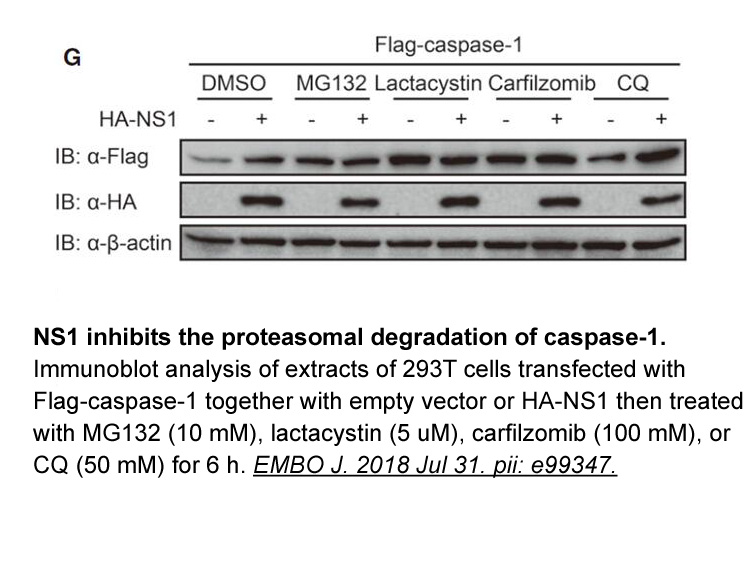
An important role for the precursor molecule of the main EBI2 ligand, 25-OHC, in the inhibition of inflammation was recently shown. 25-OHC was demonstrated to inhibit inflammasome induction in mouse macrophages [28]. Inflammasome assemblies are the sites of caspase 1 activation and lead to the gener
-
AS8351 australia br Experimental br Acknowledgments The work
2020-08-18
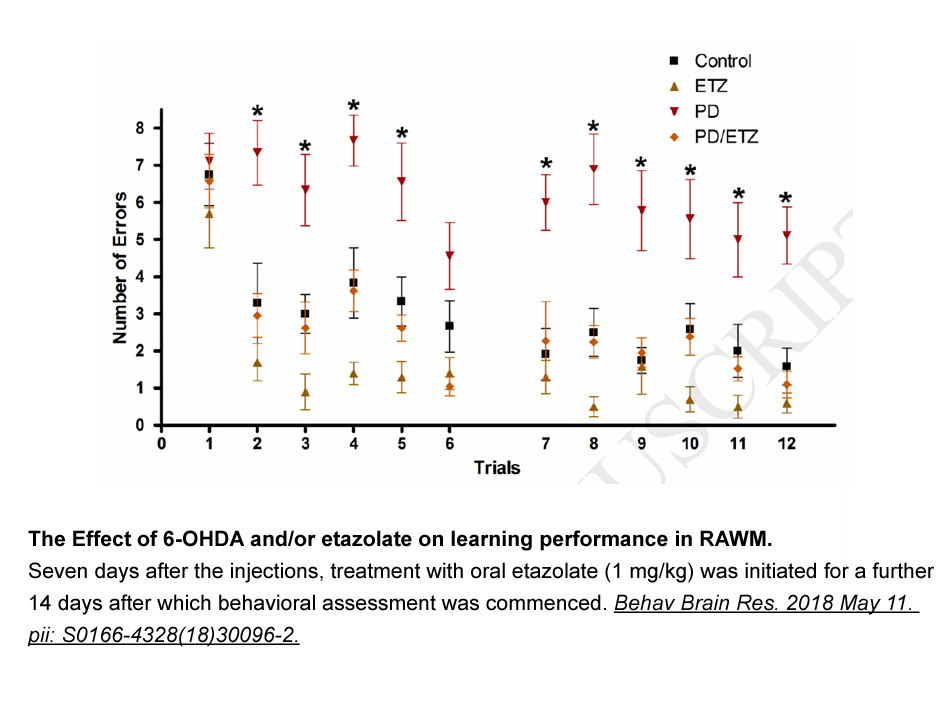
Experimental Acknowledgments The work was supported in part by the National Research and Development Plan (2017YFD0200506), the National Natural Science Foundation of China (21472062 and 31701820), 111 Project B17019, and excellent doctoral dissertation cultivation Grant from Central China Nor
-
It has been reported about the
2020-08-18
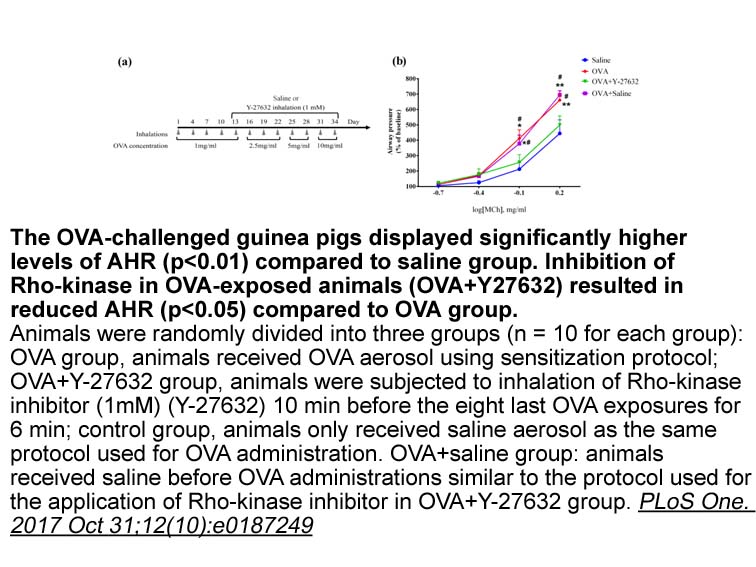
It has been reported about the synthesis of benzyl bromide in our previous reports, as shown in , , The synthetic route of compounds – is depicted in , Briefly, the synthesis of pyrimidinedione derivatives was started from commercially available meclozine sale . After alkylation of material with 1-b
-
br Results To understand how Rad functions
2020-08-18
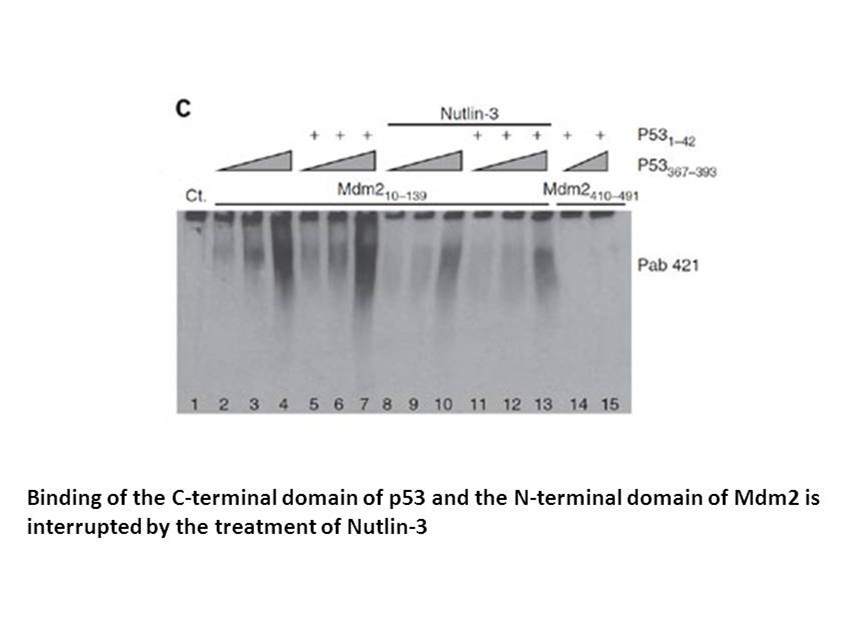
Results To understand how Rad53 functions to maintain replisome integrity, we first analyzed newly synthesized leading- and lagging-strand DNA in wild-type (WT) and rad53-1 mutant cells using BrdU-IP-ssSeq, a method that detects synthesis of both leading and lagging strands (Yu et al., 2014). Br
-
As for antiviral activity eight out
2020-08-18
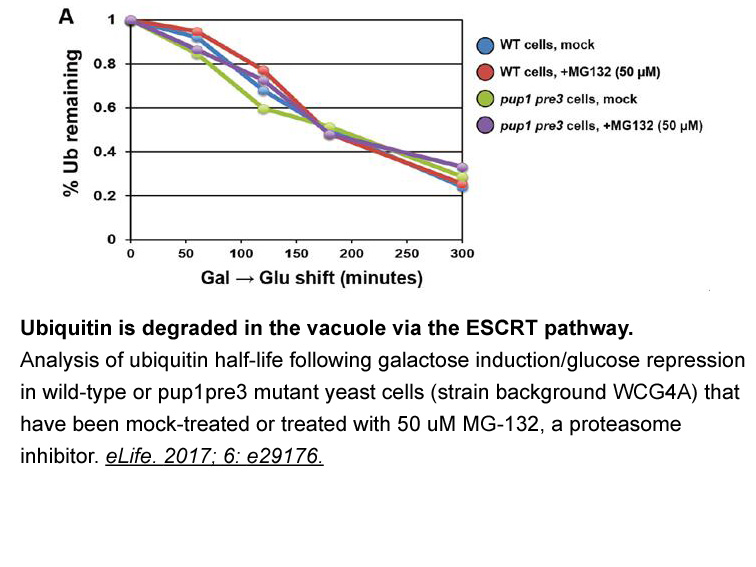
As for antiviral activity, eight out of 23 synthesized compounds were active against influenza B virus with EC50 values in the range of 0.19–39 μM. Four of the eight influenza B hits were active against influenza A and two were also active against RSV (4 and 6, EC50 = 0.40 and 1.8 μM, respectively).
-
The only reported synthesis of the aminobicyclic
2020-08-18
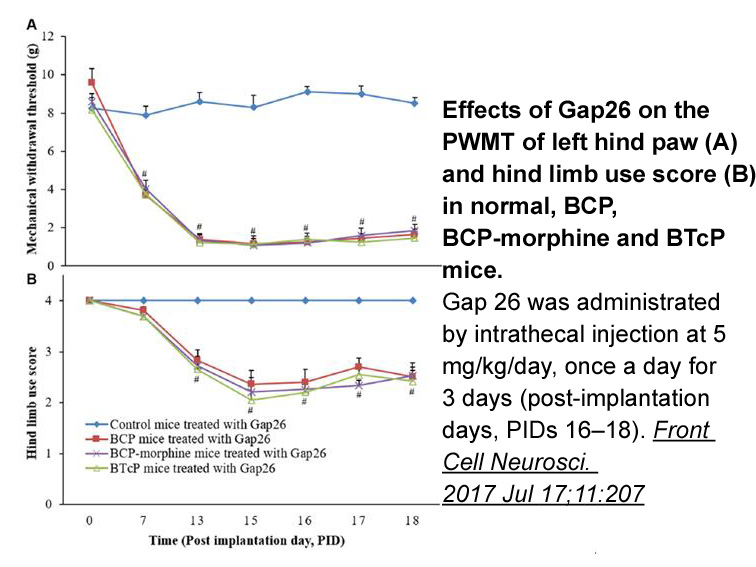
The only reported synthesis of the aminobicyclic core of is based on bis-alkylation of a 4-amino-5,6-dihydroxypyrmidine with dibromoethane. The likelihood of poor regiocontrol/reactivity in utilizing such a transformation for the synthesis of compounds with a substituent on the dioxinyl ring led us
-
br NADH and NADPH Turnover and the
2020-08-18
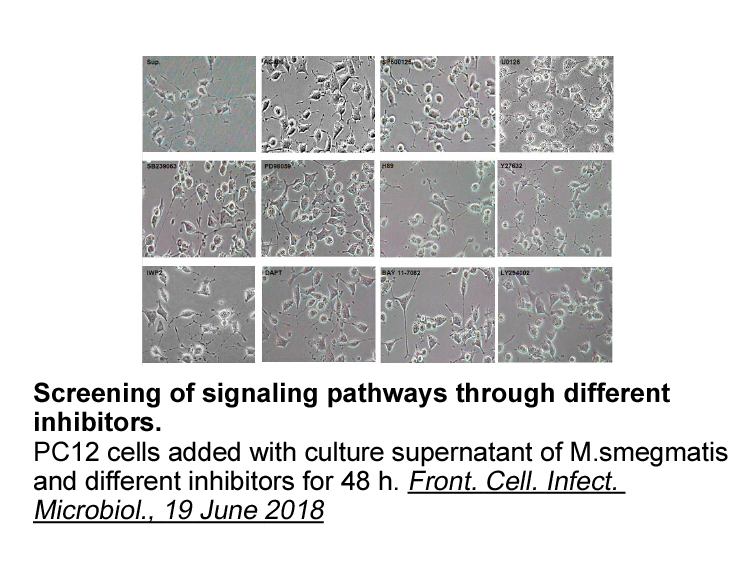
NADH and NADPH Turnover and the Putative Role of Alternative NAD(P)H Dehydrogenases Still very little is known about the metabolic function of external and internal alternative NADH:UQ oxidoreductases, and almost nothing is known about the mechanisms underlying their metabolic regulation, especia
-
br Results br Discussion MSCs
2020-08-18
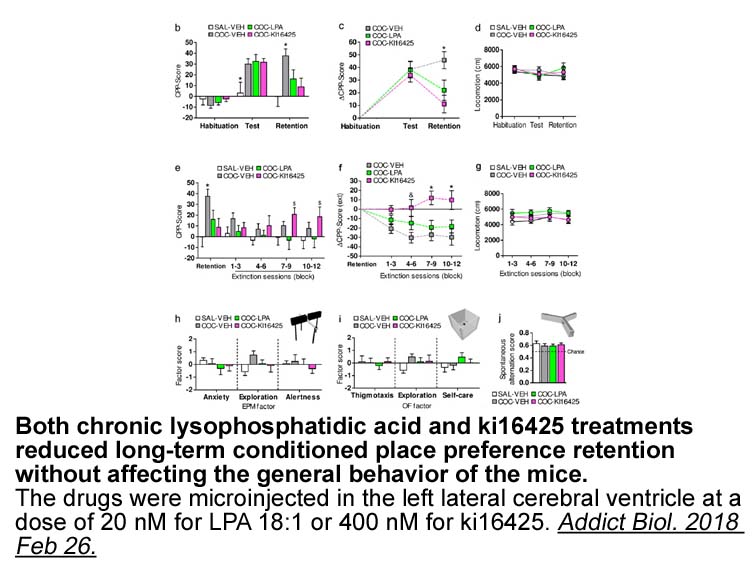
Results Discussion MSCs derived from the bone marrow and adipose tissue have been shown to promote the growth and metastatic ability of breast cancer and other human malignancies, but the mechanisms are incompletely understood (Barcellos-Hoff et al., 2013, Cuiffo et al., 2014, Del Pozo Martin
-
The aim of this study
2020-08-18
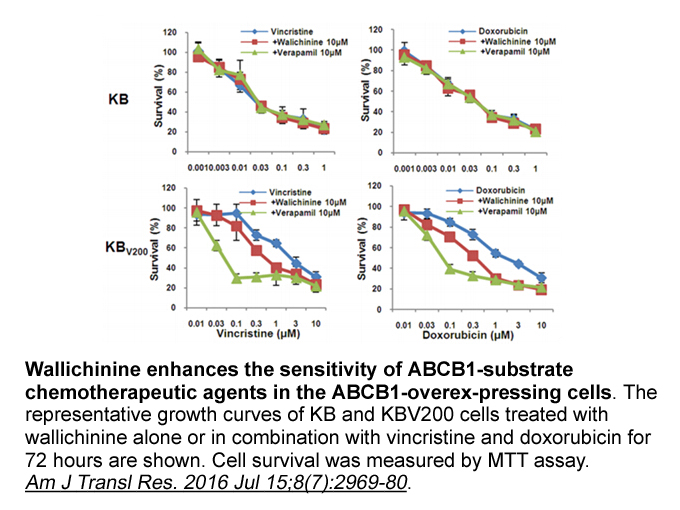
The aim of this study was to evaluate the role of aberrant methylation of promoter regions of tumor suppressor genes in the clonal evolution from MGUS to MM. Thus, we analyzed in MGUS, SMM, and symptomatic MM patients, the methylation status of 4 genes—p15, p16, p53, and DAPK—whose promoter hypermet
-
Currently it is not known if drought
2020-08-18
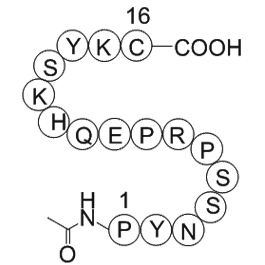
Currently, it is not known if drought induces changes in the cysteine protease arginase inhibitor of soybean nodules. The available annotation of the soybean genome, in Phytozome (www.phytozome.net) has identified 706 C1 cysteine protease sequences and 75 C13 cysteine proteases. We have previously
-
During host cell interactions G intestinalis trophozoites
2020-08-18
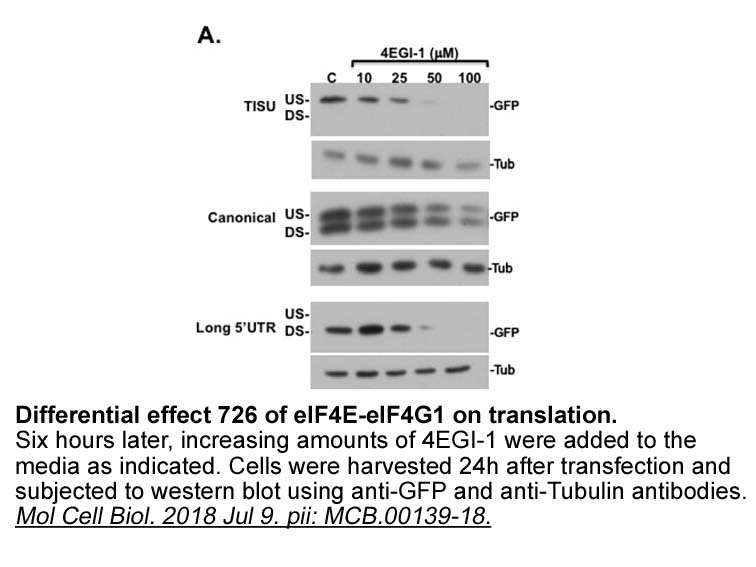
During host-cell interactions, G. intestinalis trophozoites up-regulate several cell-associated proteins, including high-cysteine membrane proteins (HCMPs) and variant surface proteins (VSPs) [8]. The parasite also releases around 200 proteins upon host-cell contact, including many proteases [9,10].
-
Natural and synthetic glucocorticoids perform their
2020-08-18
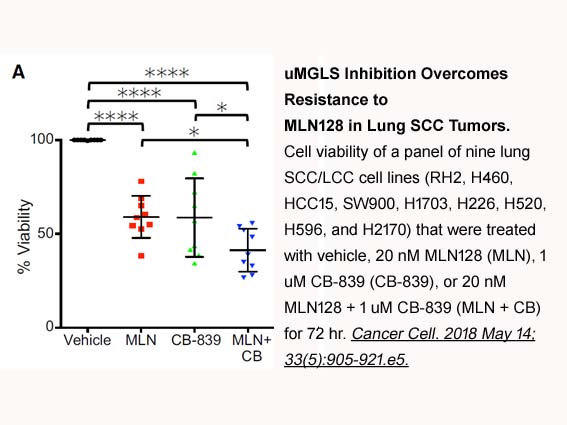
Natural and synthetic glucocorticoids perform their biological action in the organism through receptor-dependent mechanisms (e.g., by binding to the glucocorticoid receptors). It has been determined that glucocorticoid receptors cross-talk with other nuclear receptors, including AhR (Celander et al.
-
Based on the finding described
2020-08-18
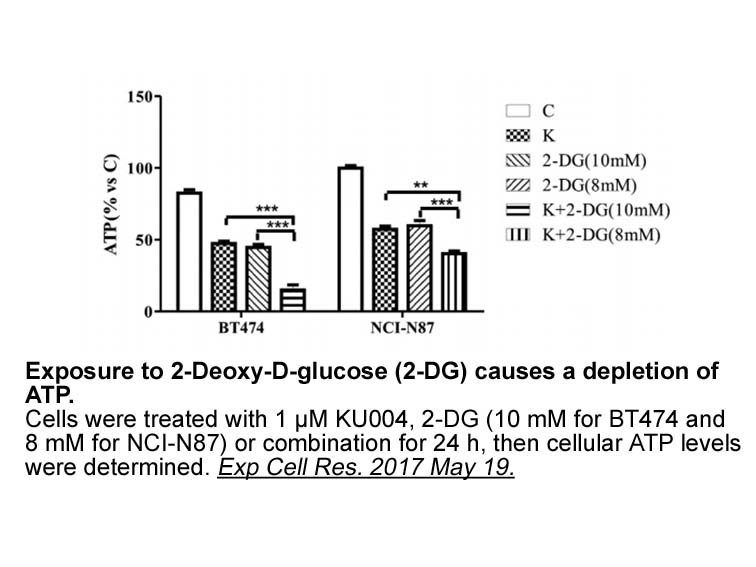
Based on the finding described above, the present study was designed to investigate the effects of specific CRF receptors, CRF1 and CRF2, in the BLA and CeA on the duration of TI in guinea pigs (Cavia porcellus). To this end, we evaluated whether administration of the CRF1 Zalcitabine synthesis anta
-
On the basis of the findings described above a series
2020-08-18
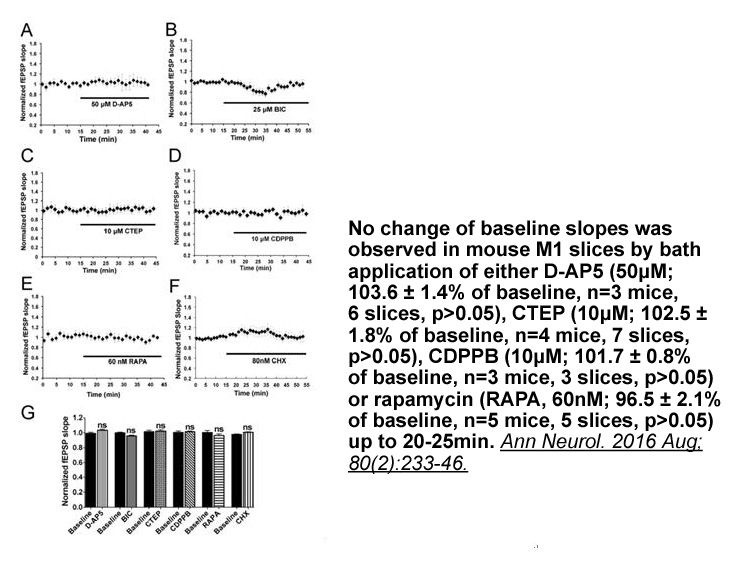
On the basis of the findings described above, a series of heterotricyclic analogs were designed and synthesized. The human CRF1 receptor binding and antagonist activity data for newly designed heterotricyclic core antagonists 28–33 are described in Table 3. Most of the tricyclic core analogs listed
-
Peptides undergoing only a single
2020-08-18
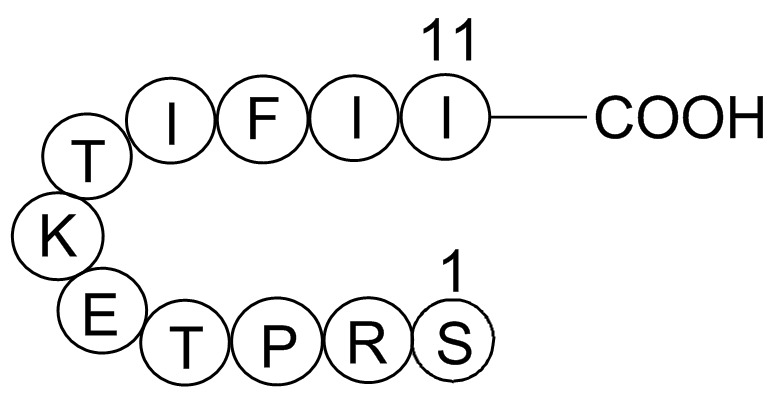
Peptides undergoing only a single hydroxylation, i.e. PA-Hyp-KPAPK and PAPK-Hyp-APK, were then used to investigate the kinetics of vCPH co-factor and co-substrate dependences. The values for KMapp for Fe(II) and KM for 2OG for the two peptide substrates were within error (KMapp, Fe(II): 0.9 μM ± 0.1
16078 records 823/1072 page Previous Next First page 上5页 821822823824825 下5页 Last page